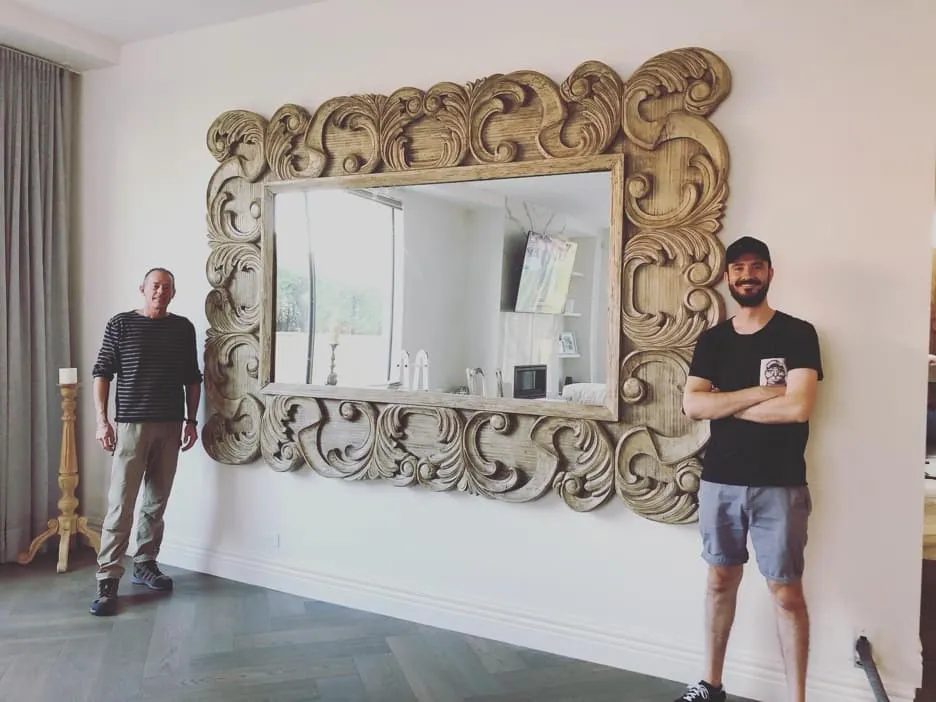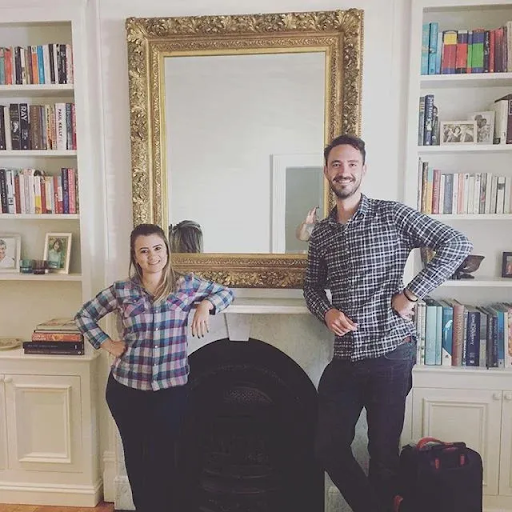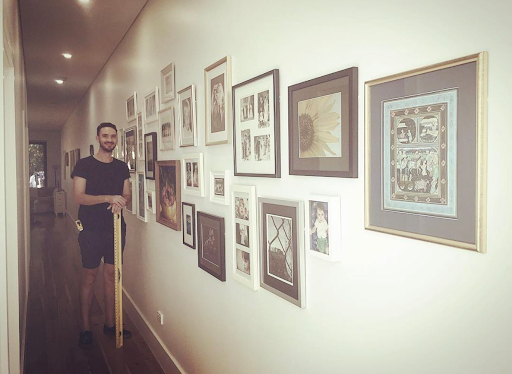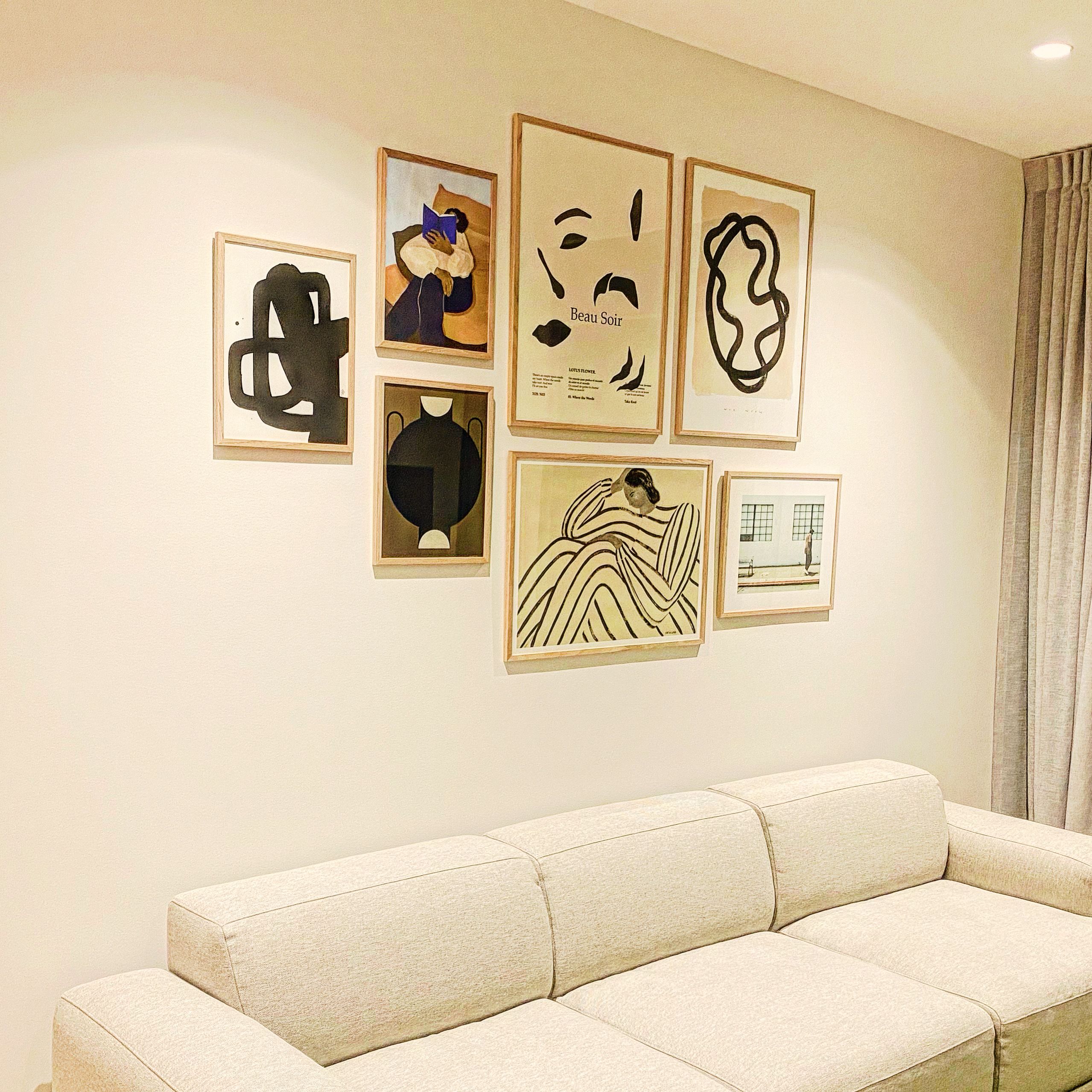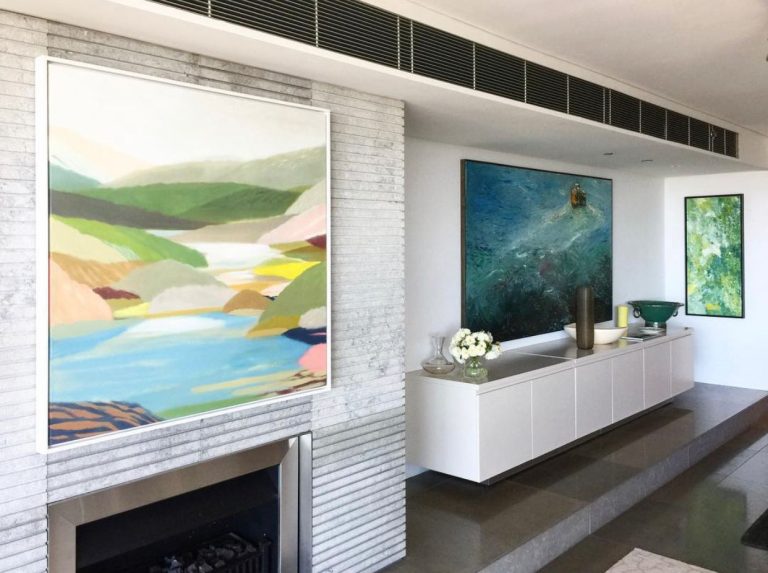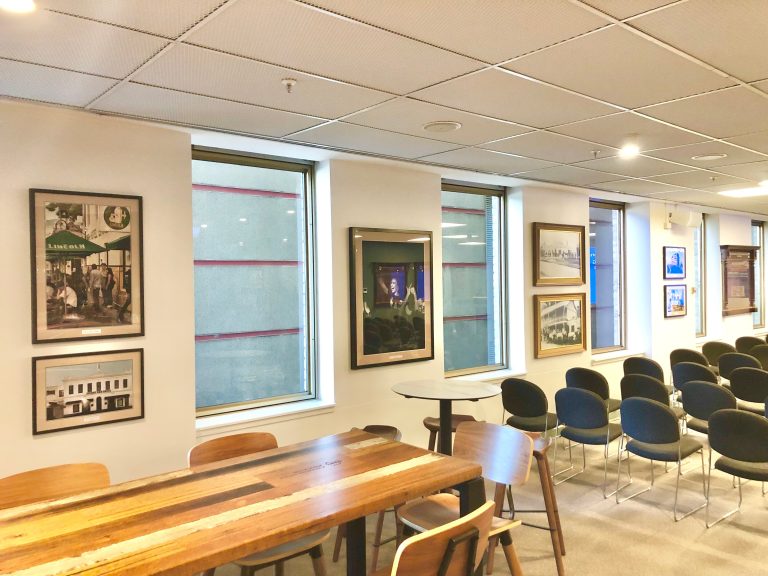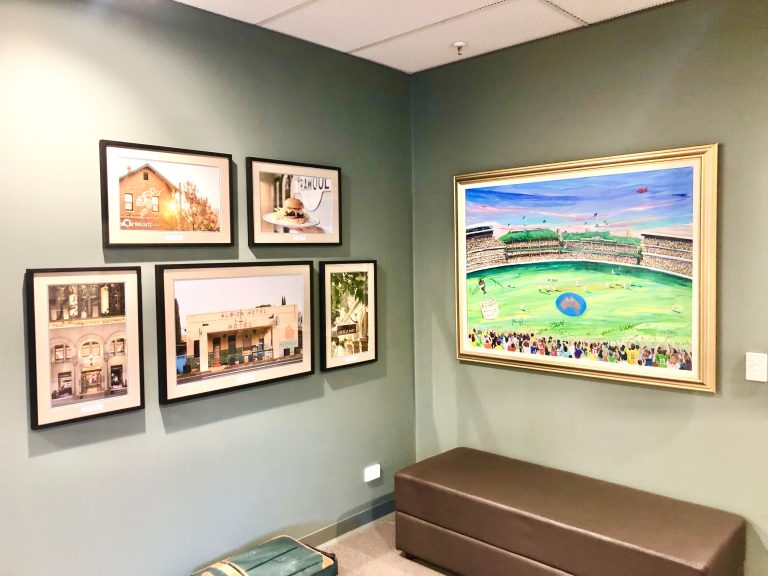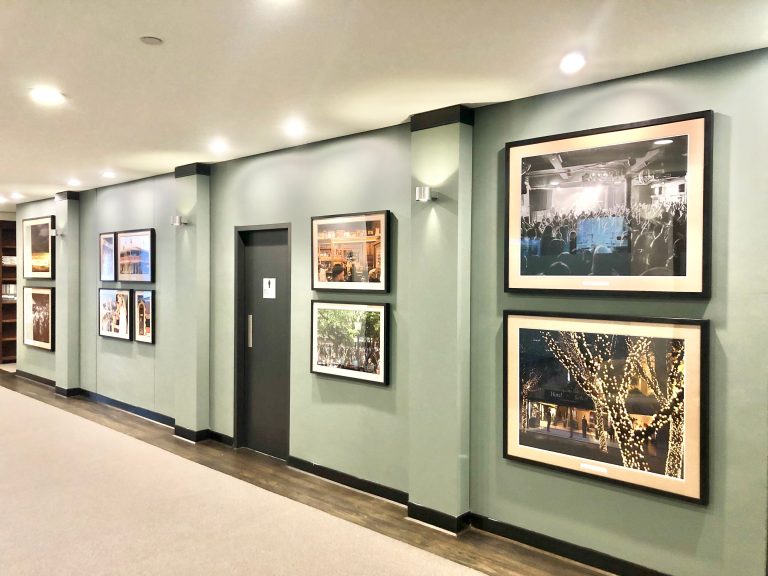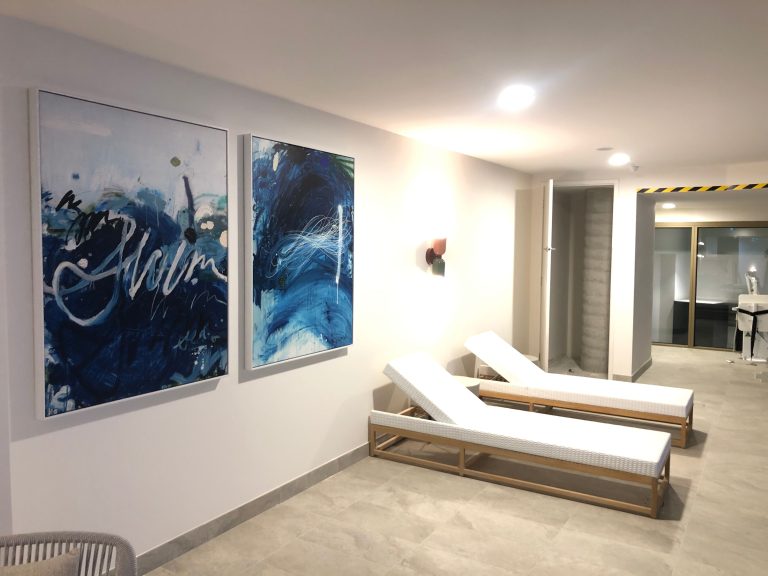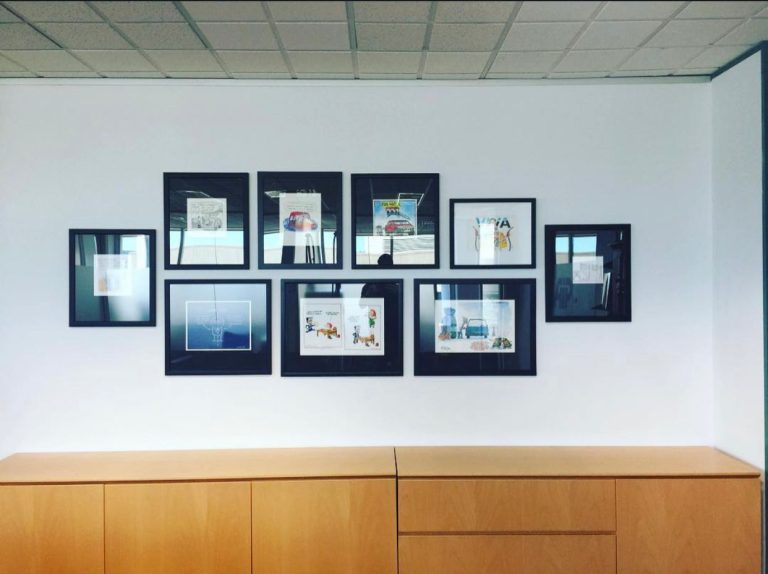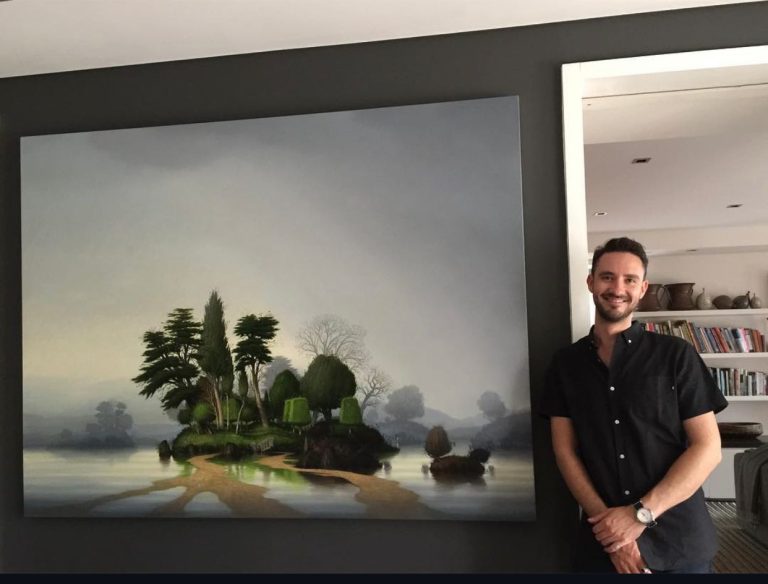Hanging a heavy mirror on your wall can dramatically transform your space, adding elegance, depth, and a sense of openness to any room. However, getting it right requires more than just aesthetics—you need to consider the mirror’s weight, the type of wall, and the right hanging hardware. Improper installation can result in damage to both your wall and the mirror itself.
At The Picture Hanging Company, we specialise in hanging heavy mirrors and artwork safely and securely across Australia, from Sydney to Melbourne, Brisbane, and beyond. Our professional installers ensure your mirrors are mounted perfectly, no matter how large or heavy they are. This guide will help you understand how to hang heavy mirrors, the hardware to use, and why professional installation might be the smartest choice.
Factors That Determine How Heavy a Mirror You Can Hang
When it comes to hanging a heavy mirror, several key factors need to be considered to ensure a secure installation. Here are the most important elements to evaluate:
1. Wall Material
The type of wall you’re working with plays a significant role in determining how much weight it can support. Each wall type has its own capacity and limitations.
- Plasterboard (Drywall): A common wall material in modern homes, plasterboard is relatively fragile on its own and can’t hold much weight unless you secure the mirror to a stud or use specialised hardware like toggle bolts or anchors.
- Brick or Concrete: These materials are sturdier and can handle heavier mirrors with the right masonry hardware.
- Timber Studs Behind Plasterboard: If you can locate timber studs behind your plasterboard, you’ll have much more support for hanging heavy mirrors. Timber studs provide the best possible anchor points for securing large or heavy mirrors.
- Cinder Block: Cinder block walls can be tricky, as they are hollow in the middle. However, with the proper hardware, like sleeve anchors or masonry screws, they can support substantial weight.
2. Weight of the Mirror
Mirrors come in a variety of weights depending on their size and frame. The weight of your mirror will directly influence the type of fixing hardware you use.
Here’s a quick breakdown:
- Small Mirrors (up to 10 kg): Generally easy to hang on most wall types using basic hardware like picture hooks or even adhesive strips (for very lightweight mirrors).
- Medium Mirrors (10–20 kg): These require more robust support, especially on plasterboard. Wall anchors or screws into studs are necessary.
- Large Mirrors (20–30 kg or more): For oversized or heavy mirrors, you’ll need heavy-duty solutions like toggle bolts, masonry screws, or specialised hanging systems. Professional installation is often the best choice to avoid accidents.
3. Hanging Hardware
Choosing the right hanging hardware is critical to ensuring your mirror stays on the wall securely. There are several options depending on the weight and wall type:
- Wall Anchors: These provide extra grip in plasterboard walls, but they’re generally best for medium-weight mirrors. Plastic or metal anchors spread the load more evenly but should not be relied upon for very heavy mirrors.
- Toggle Bolts: Designed for hollow walls, toggle bolts expand behind the plasterboard, creating a strong hold that can support heavier mirrors.
- Masonry Screws and Plugs: For brick, concrete, or cinder block walls, masonry screws and plugs are essential for anchoring heavy mirrors securely.
- French Cleats: A highly reliable method for hanging heavy mirrors, French cleats consist of two interlocking pieces—one attached to the wall and the other to the back of the mirror. This system allows for easy adjustments and provides excellent weight distribution.
What Is the Best Way to Hang a Heavy Mirror?
When it comes to hanging a heavy mirror, especially one that weighs over 20 kg, it’s important to approach the task with care. Securing it safely on the wall requires more than just standard picture hooks; you’ll need to use robust hardware or specialised hanging systems. Here are some of the best ways to hang heavy mirrors:
1. Securing Into Studs
If you’re working with plasterboard, the best way to ensure the mirror stays in place is to find the timber studs behind the wall. Using a stud finder, locate the studs, which are typically spaced 40-60 cm apart. Screwing directly into a stud provides the strongest support and can hold a mirror weighing up to 30 kg or more. This method is ideal for very heavy mirrors and prevents the plasterboard from cracking under pressure.
2. Using French Cleats
For a professional-grade installation, French cleats are one of the best options for hanging heavy mirrors. This system consists of two interlocking pieces: one is mounted on the wall, and the other is attached to the back of the mirror. Once locked into place, the cleat provides outstanding weight distribution and makes the mirror nearly impossible to dislodge. French cleats are also perfect for large mirrors because they allow for easy levelling adjustments.
3. Installing With Heavy-Duty Wall Anchors
If studs aren’t available, or your wall type is not conducive to a direct stud installation, heavy-duty wall anchors or toggle bolts are necessary. These expand behind the plasterboard to provide a secure hold and can support medium-to-heavy mirrors. However, this method is most effective for mirrors in the 10-20 kg range. For anything heavier, anchoring into a stud or using a French cleat system is preferred.
4. Specialised Mirror Hanging Systems
In some cases, you may want to consider a <<specialised mirror hanging system>> or picture rail. These systems are commonly used in galleries and high-end homes, offering a secure, flexible solution for hanging multiple heavy items. The system consists of a rail installed along the top of the wall, with hooks and cables that hang down to support the mirror. The benefits of these systems include easy adjustability and the ability to support very heavy mirrors without drilling multiple holes in the wall.
5. Professional Installation Services
For large or exceptionally heavy mirrors, a <<professional mirror hanging service>> is often the best choice. At The Picture Hanging Company, we have the expertise, tools, and experience to handle mirrors of all sizes. Our team understands the specific requirements of each wall type and will ensure your mirror is securely mounted, level, and perfectly placed.
How Heavy of a Mirror Can You Hang on Different Walls?
Let’s break down the weight limits for various wall materials and what hardware you should use:
1. Plasterboard Walls
Plasterboard walls are delicate, so heavy mirrors should be secured to a stud if possible. If you can’t find a stud, heavy-duty wall anchors or toggle bolts are a must.
- Weight Limit: 10–15 kg with wall anchors or toggle bolts, or 30 kg or more if secured to a stud.
- Best Method: Stud mounting, toggle bolts, or a French cleat system.
2. Brick or Concrete Walls
Brick and concrete walls are among the most solid options for hanging heavy mirrors. With the proper masonry hardware, they can support large mirrors easily.
- Weight Limit: 30 kg or more.
- Best Method: Masonry screws, anchor bolts, or French cleats.
3. Timber Studs Behind Plasterboard
If you have access to timber studs, your wall can support very heavy mirrors without any issues. Securing directly into studs is the strongest installation method.
- Weight Limit: 30 kg or more, depending on the quality of the fixings.
- Best Method: Screws into studs, or a French cleat system for even weight distribution.
4. Cinder Block Walls
Cinder block walls, though hollow, can support heavy mirrors when the right hardware is used. Sleeve anchors or toggle bolts are ideal for this type of wall.
- Weight Limit: 30 kg or more.
- Best Method: Sleeve anchors, masonry screws, or toggle bolts.
Why Choose The Picture Hanging Company for Heavy Mirror Installation?
While it’s possible to hang a heavy mirror yourself, <<professional installation>> provides peace of mind, ensuring the job is done safely and correctly. At The Picture Hanging Company, we specialise in hanging large and heavy mirrors, using the right tools and techniques to ensure your mirror stays securely in place.
Here’s Why You Should Trust Us:
- Expert Knowledge of All Wall Types: We understand how different materials affect installation, whether it’s plasterboard, brick, concrete, or cinder block.
- Specialized Tools and Hardware: We use high-quality hardware and professional tools like laser levels, ensuring your mirror is hung precisely where you want it.
- Safe and Secure Installation: Heavy mirrors can be dangerous if they fall. We make sure your mirror is installed with safety and longevity in mind, preventing any accidents or damage.
Conclusion
Hanging a heavy mirror is no small task. The type of wall, the weight of the mirror, and the hardware used all determine whether your mirror will stay securely mounted or risk falling. For most homeowners, especially those with very large or heavy mirrors, professional installation is the safest route.
At The Picture Hanging Company, we offer expert mirror hanging services across Australia, ensuring your mirrors are mounted safely, securely, and in the perfect position. If you’re unsure about the best way to hang your heavy mirror or want to avoid the risks of DIY, contact us today for professional assistance.
Let us take care of the hard work, so you can enjoy your beautifully displayed mirror without any worries.

